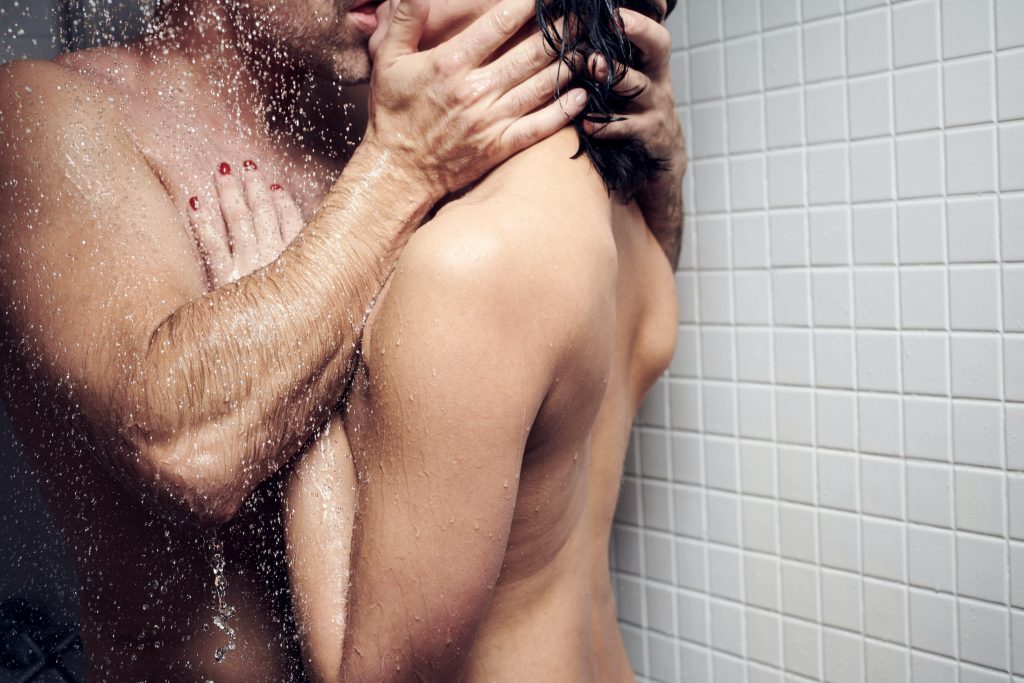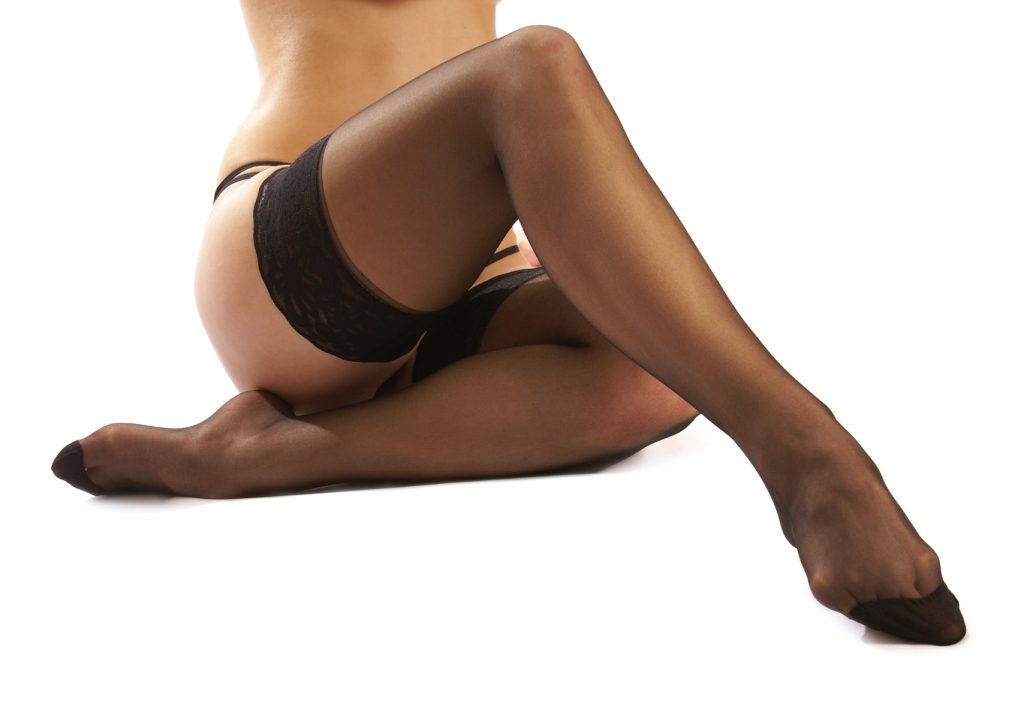Darwin’s theory of sexual selection
In the nineteenth century, Darwin developed his theory of sexual selection. The basic principle behind his theory is that traits that are sexually selected are those that are specifically related to reproduction. However, many traits are influenced by several types of selective forces. This includes size variation. Sexual selection is only one of these forces.

Sexual selection differs from fecundity selection in two important ways. In natural selection, an organism’s form is chosen based on its fecundity, while sexual selection compromises the fit of an organism’s form to its niche. Both types of selection can occur in the same environment, but the former is less common than the latter.
In addition, sexual selection is not the same for animals and plants. Some botanists disagree with this concept. They argue that sexual selection must operate in plants as well as animals. Darwin himself never considered plants as sexually active. However, it’s important to note that sexual selection has a solid basis in evolutionary theory. For example, Bateman’s Principle and Fisher’s runaway process can be easily accommodated in hermaphrodite systems.
Types of sexual selection
Sexual selection in biology refers to the way that members of a biological sex choose mates from the opposite sex. The goal of this process is to improve reproductive success and fitness through the selection of certain traits. This process involves inter and intrasexual competition. The results of this competition are based on the characteristics that each sex looks for in its mates. Successful males are more likely to mate frequently and can monopolize fertile females. In addition, females maximize the amount of energy spent on reproduction by selecting only the best males.
Evolutionary biology has come a long way in understanding the processes that control sexual selection. In 1871, Charles Darwin proposed his theory of sexual selection. In his book “The Origin of Species,” he described two ways in which selection occurs in nature. These two types of competition are known as intrasexual competition and female choice. However, female choice was not accepted by the scientific community. It was not until the early 20th century that biologists began to study the effect of sexual selection on species’ physical characteristics.
Impact of mate choice on mate choice
The present study examines the influence of mate choice on sexual selection biology. It uses a Bayesian hierarchical meta-analysis to measure the strength of moderators. The study’s findings support the idea that the choice of mate can influence the success of sexual selection in a given species.
Females’ mate-choice preferences can be influenced by the preferences of other females. This phenomenon is known as “mate-choice copying” and occurs in many animal species. It was first discovered in Trinidadian guppies. In addition, males’ mating preferences are often reversed when they see another male near the female. This may reduce pre-copulatory competition for fertilization.
In contrast, studies examining female mate-choice copying typically measure how much a female copies her target male’s preferences. However, recent studies have shown that females also learn about the general characteristics of their target males and copy those traits. While this implies that females copy the preferences of specific males, it is not clear that mate-choice copying is universal across species.
Effect of mate choice on mate choice
The effect of mate choice on sexual selection biology is an emerging area of study. Some researchers hypothesize that choosiness negatively influences mating competition, while others hypothesize that choosiness enhances reproductive success. While choosiness affects fecundity and reproduction, it is unclear whether or not it affects other traits.
The evolution of sexual selection in mammals is largely a function of the sex of the sexual partners. This is reflected in differences in body size and gender. Females are usually slightly bigger than males, while males tend to have shorter canines. Males are also healthier and more resilient than females, which is why we see more promiscuous species. However, the evolutionary process favors females with traits that enhance reproductive success.
While males tend to evolve traits that advertise their advantages, females tend to choose mates based on what they find attractive. The effects of mate choice on sexual selection biology are difficult to test with genetic modelling, but there are two main mechanisms that could explain female mate choice. One theory proposes that mate choice depends on the occurrence of good genes, while another proposes a process called Fisherian arbitrary processes.


